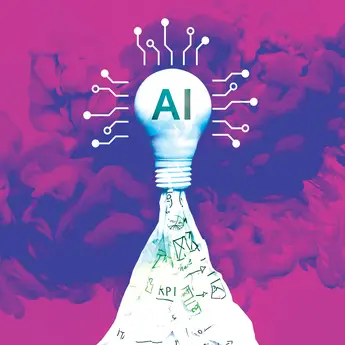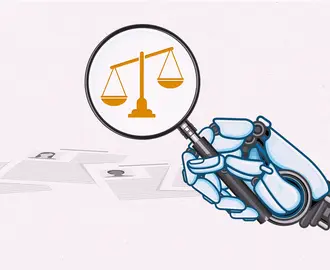Credit: Marysia Machulska
In the early 1900s, Ford Motor Co. found itself with a problem: Many of its immigrant employees didn’t speak English. The lack of a common language meant inefficient communication, extra costs to hire translators, and misunderstandings about important safety procedures.
So the company opened the Ford English School, a program that educated workers in simple English words and phrases. The school helped Ford’s bottom line, and employees became literate in the common language of the time, said Valerie Logan, CEO and founder of The Data Lodge, a firm dedicated to supporting data literacy program development
“A hundred years later, data literacy is this new shared language,” Logan said. “Language is the road map of a culture. It looks at where have we come from and where we’re going. And in digital times, that language needs to be more shared versus localized and isolated.”
Speaking at the 2024 International Chief Data Officer and Information Quality Symposium, Logan and Veronica Vilski, content and engagement director at The Data Lodge, shared insights on what organizations can do today to help their employees become data literate.
What is data literacy?
As with any spoken or written language, the concept of data literacy involves the ability to read, write, and communicate data in context. “‘In context’ is a nod to the fact that the frontline worker versus the auditor versus the CFO have incredibly different experiences and needs as [they] relate to data, insights, analytics, AI,” Logan said.
At an individual level, data literacy depends on mindset, language, and skills. Mindset requires people to be open, willing, and curious, Logan said, and to see the world through “data glasses.”
The language of data literacy includes terms related to data, data sources, data quality, data management, and forms of analysis including descriptive analytics and neural networks in deep learning, Logan said.
Skills make up the third part of data literacy and include competencies such as exercising critical thinking, engaging others, and constructively applying data.
Data literacy is a part of an organization’s data culture, which Logan described as one in which any employee — from a bank clerk to the CFO — can “convey their role and their responsibilities and their interaction with data and insights in ways that other people can understand.”
A thriving data culture encourages sharing data, using generative AI responsibly, caring for data at point of entry, and knowing where to find and access data, as well as having workers who lead by example, lean in with curiosity, and practice critical thinking — all of which depend in some way on data literacy.

AI Executive Academy
In person at MIT Sloan
Register Now
What does a data literacy program look like?
A data literacy program builds on that shared mindset, language, and skills.
“It’s an intentional commitment to upskilling your workforce and culture,” Logan said. “It’s to enable the full potential of all associates to the degree necessary.” And it’s about identifying the metrics that matter, such as driving growth, reducing cost, pleasing customers, or mitigating risk.
A data literacy program is also a place to grow and amplify an understanding of artificial intelligence in an organization, Logan said, referring to a LinkedIn post she shared a month ago that warned: “If you have had a data literacy program in place and you have not included AI in the scope of it from the start, you did not know what you were solving for, and you missed the mark.”
Logan and Vilski offered six steps to launching a successful data literacy program, based on work with Data Lodge program pioneers:
- Develop a clear, compelling case for change.
- Launch and sustain a practical program foundation with targeted pilots.
- Amplify and spotlight success stories.
- Connect, support, and inspire communities who might feel isolated.
- Leverage and connect data culture work and training resources across the organization.
- Deliver lasting data culture benefits.




